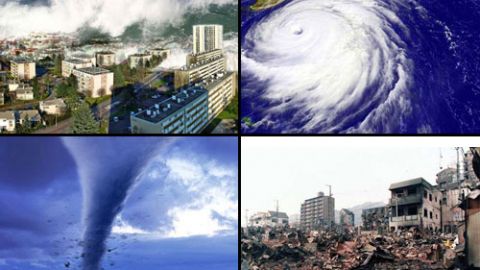
Salt Marshes Are Essential Climate Solutions. How Do We Protect Them?
Salt marshes absorb carbon, filter pollution and help buffer natural disasters, but they are threatened by sea level rise and more.

Salt marshes absorb carbon, filter pollution and help buffer natural disasters, but they are threatened by sea level rise and more.

Nearly 200 countries agreed to the ‘Loss and Damage Fund’ proposed at COP27, but the conference’s outcome still had limitations.

The world is expected to surpass its goal of limiting warming to 1.5 degrees Celsius by the early 2030s, warns a new IPCC study.

A look at some climate change-related worst-case scenarios detailed in a study about climate tipping points published in Science journal.

The term natural disaster is defined as “a sudden and terrible event in nature that usually results in serious damage and many deaths.”

SCOTUS has voted to curb the EPA’s ability to regulate carbon emissions. This comes amid a period of increasingly extreme weather around the world. More than 40 million Americans were under heat advisory last week. Kristie Ebi has been researching…

Climbing temperatures, heat warnings and advisories, and active wildfires across the U.S. start summer off on a sweltering start.

Parks are invaluable for mitigating climate change, promoting health, and providing nature to nearby residents. But they need our help.

A blip over 1.5°C in a single year does not mean we failed our goals, and year-to-year averages are not necessarily measuring climate change.

The leaked Roe v. Wade draft opinion has renewed interest in the impact of climate change on women’s health across the globe.

With extreme weather events on the increase, trauma is accumulating in some of the nation’s hardest-hit regions.

Biden's infrastructure bill includes $50 billion for climate resiliency funding to help mitigate and adapt to global warming. Tom Casciato reports on a unique partnership in California that uses behavioral science and cultural awareness in climate studies to help communities…